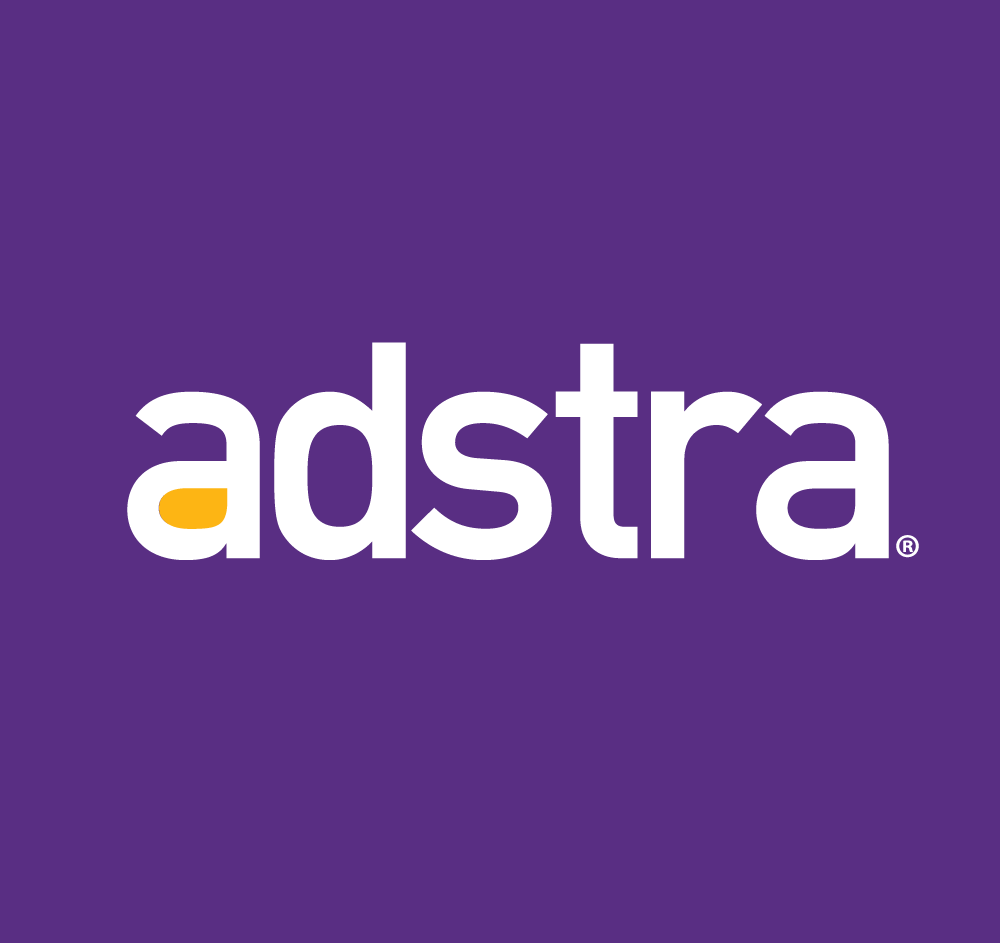February 22, 2021 — This week’s column was written by Charlie Swift, EVP head of marketing & account management at Adstra.
Digital media is heading for a cliff. Third-party browser cookies and mobile ad IDs (MAIDs) have served as the primary linkage between marketers and their customers for the last ten years, and they are both going away in the next 12 months. Everyone knows that the current era is coming to a sudden end, but nobody is quite certain what will take its place.
It’s not for lack of solutions. Marketers, agencies, publishers, and ad tech companies have made expensive bets on developing technologies for a cookieless future, and the market today is awash in these new offerings. Whether it’s a major acquisition or development program, many of these new solutions are big, strategic wagers that will determine the future of their companies. The suddenness of this shift has forced some of the industry’s biggest players to bet the ranch on an educated guess.
Supply and demand: stabbing in the dark
Publishers and solution providers don’t know what solution will gain traction among advertisers. Marketers and agencies don’t know what solutions work, because they haven’t had a chance to prove themselves. Not one of these solutions has had the benefit of being shaped by real demand, because marketers haven’t had to really demand it, and because they don’t know exactly what to demand.
Why the uncertainty? Apple has been signaling its intentions on IDFA for years, and Google gave the industry a 2-year heads up. The reason the shift away from cookies and MAIDs is so sudden isn’t that it was unpredictable, but because the industry has had no time to really test alternatives in real, post-cookie market conditions.
There is a broad consensus that first-party data will play an essential role in the cookieless future. But how should marketers collect first-party data, how do they orchestrate it, manage it, deploy it? Perhaps the answer works within a marketer’s own tech ecosystem, but how does it extend into the open ad market? What identifiers will marketers match with, and how – and where – will they do the matching? Today’s marketplace offers multiple solutions to all of those questions, each one representing years of R&D and millions in sunk costs.
Some things are certain
Jeff Bezos once commented that answering the question,” what will not change” is often more critical than answering the question, “what will change”. What will not change is that people and where they live are the starting point of any audience definition. What will not change is the need for advertisers to target messages by the audience and the need to deliver those messages in multiple forms. Building from these foundational answers is a stronger place to start. Against this foundation, some have staked their strategies on being interoperable and compatible with any form of marketing data, any form of identity, and any methodology for connecting the two.
That’s what we’ve done at Adstra. Our identity management platform gives marketers real-time access to data in all mediums, with the option to operate in either Adstra’s environment or behind their company’s firewall. No other data provider bridges the gaps between PII and anonymized data with the same speed, flexibility, cost-effectiveness, and frictionless portability across all media.
Our goal is to provide any stakeholder in the ecosystem with a solution future-proofed against the uncertainty that lies before all of us. We still don’t know what the answer is to the death of third-party cookies – but we are confident that whatever it is, it will work better with Adstra.
To learn more, visit adstradata.com.



